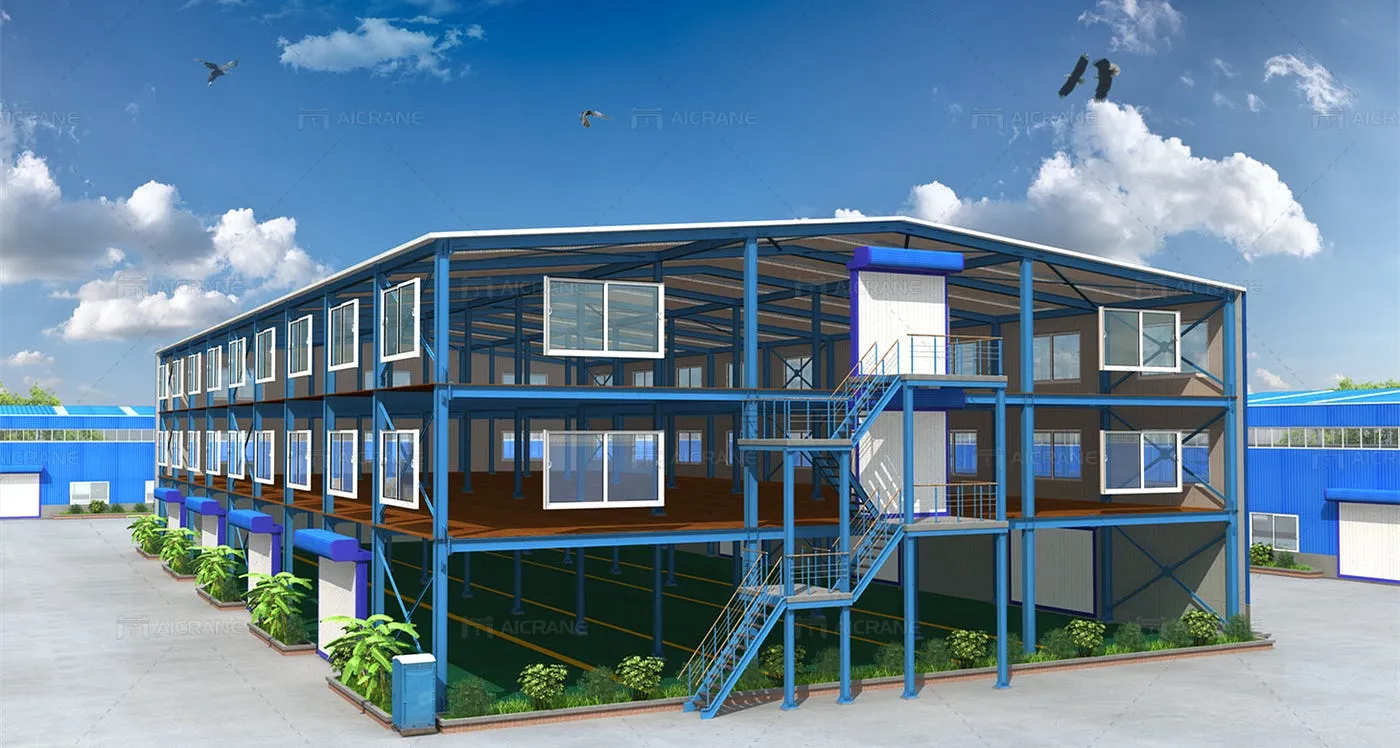- Afrikaans
- Albanian
- Amharic
- Arabic
- Armenian
- Azerbaijani
- Basque
- Belarusian
- Bengali
- Bosnian
- Bulgarian
- Catalan
- Cebuano
- Corsican
- Croatian
- Czech
- Danish
- Dutch
- English
- Esperanto
- Estonian
- Finnish
- French
- Frisian
- Galician
- Georgian
- German
- Greek
- Gujarati
- Haitian Creole
- hausa
- hawaiian
- Hebrew
- Hindi
- Miao
- Hungarian
- Icelandic
- igbo
- Indonesian
- irish
- Italian
- Japanese
- Javanese
- Kannada
- kazakh
- Khmer
- Rwandese
- Korean
- Kurdish
- Kyrgyz
- Lao
- Latin
- Latvian
- Lithuanian
- Luxembourgish
- Macedonian
- Malgashi
- Malay
- Malayalam
- Maltese
- Maori
- Marathi
- Mongolian
- Myanmar
- Nepali
- Norwegian
- Norwegian
- Occitan
- Pashto
- Persian
- Polish
- Portuguese
- Punjabi
- Romanian
- Russian
- Samoan
- Scottish Gaelic
- Serbian
- Sesotho
- Shona
- Sindhi
- Sinhala
- Slovak
- Slovenian
- Somali
- Spanish
- Sundanese
- Swahili
- Swedish
- Tagalog
- Tajik
- Tamil
- Tatar
- Telugu
- Thai
- Turkish
- Turkmen
- Ukrainian
- Urdu
- Uighur
- Uzbek
- Vietnamese
- Welsh
- Bantu
- Yiddish
- Yoruba
- Zulu
Oct . 30, 2024 23:22 Back to list
Understanding Light Gauge Steel Frame Construction
Light gauge steel frame construction has gained significant traction in the building industry due to its numerous benefits. This method involves using thin sheets of steel, typically less than 3 millimeters thick, to create structural frames for various types of buildings, including residential, commercial, and industrial structures.
One of the primary advantages of light gauge steel framing is its strength-to-weight ratio. The lightweight nature of the materials makes them easier to transport and handle on construction sites, while still providing excellent structural integrity. Additionally, steel is inherently resistant to pests, such as termites, and does not warp or shrink over time, ensuring that structures maintain their integrity throughout their lifespan.
Another notable benefit of light gauge steel frames is their design flexibility. Architects and builders can easily customize steel frames to accommodate various architectural designs, allowing for innovative and modern building aesthetics. Moreover, the use of light gauge steel facilitates faster construction times, which can significantly reduce labor costs and bring projects to completion more quickly.
light gauge steel frame

Sustainability is another aspect where light gauge steel construction shines. Steel is 100% recyclable, meaning that even at the end of a building's life cycle, the materials can be reused without losing their properties. Many building projects are now focused on sustainability, making light gauge steel a favorable choice due to its eco-friendly attributes.
Furthermore, light gauge steel framing is highly resistant to fire. Steel does not burn, and when appropriately insulated, it can significantly contribute to the overall fire safety of a building. This advantage is crucial in meeting stringent building codes and regulations that prioritize safety in structure design.
However, it is essential to consider some challenges associated with light gauge steel construction. It requires specialized skills and knowledge for proper installation, which can lead to a need for additional training or hiring of experienced contractors. Furthermore, while steel is durable, it requires protective coatings to prevent rusting when exposed to moisture.
In conclusion, light gauge steel frame construction offers significant benefits that make it an attractive option for modern builders. Its combination of strength, design flexibility, sustainability, and fire resistance positions it as a superior building method, adaptable to a wide range of projects. As the industry continues to embrace innovation and environmentally friendly practices, light gauge steel framing is likely to play an increasingly prominent role in the future of construction.
-
How Do Prefabricated Steel Structures Transform Modern Construction?
NewsJul.14,2025
-
How Do Prefabricated Metal Buildings Redefine Modern Construction?
NewsJul.14,2025
-
How Do Prefab Insulated Metal Buildings and Steel Structures Revolutionize Modern Construction?
NewsJul.14,2025
-
How Do Pre - Engineered Steel Structures Redefine Modern Construction?
NewsJul.14,2025
-
Advancing Modular Construction with Prefabricated Metal Structures
NewsJul.14,2025
-
Advancing Industrial Infrastructure with Prefabricated Steel Solutions
NewsJul.14,2025
Products categories
Our Latest News
We have a professional design team and an excellent production and construction team.












